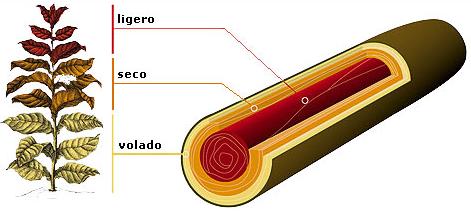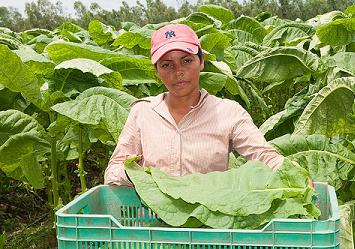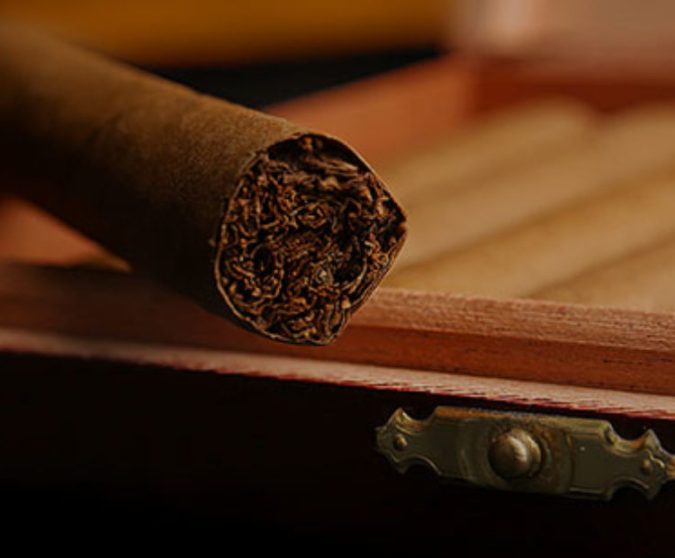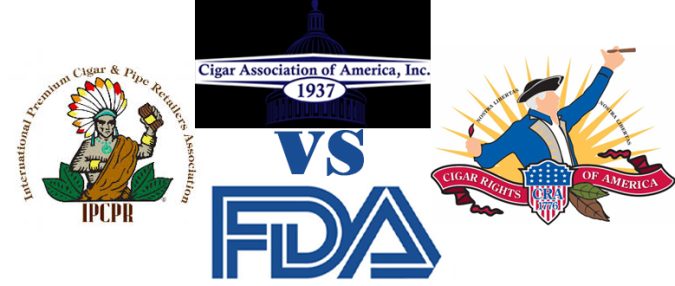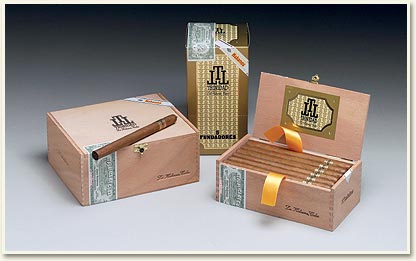Cigar History and Production
Cigar fillers are the tobacco leaves that are used to create the body of a cigar. The filler leaves are carefully selected and blended to create the desired flavor and character of the cigar, and they are an essential component of the cigar’s overall quality. There are many different types of tobacco leaves that can…
Ligero tobacco is a type of tobacco that is grown at the top of the tobacco plant, where it receives the most sunlight. Known for its strong, full-bodied flavor and dark, oily leaves, ligero tobacco is an essential component of many premium cigars. Ligero tobacco is known for its high nicotine content, and it is…
Cigars are made using a variety of tobacco leaves, which are carefully selected and blended to create the desired flavor and character. Some of the most common types of tobacco leaves used in the production of cigars include: Ligero: Ligero leaves are taken from the top of the tobacco plant, where they receive the most…
Cigars are rolled by skilled craftsmen known as torcedores, who use a combination of techniques and tools to create the perfect cigar. The process of rolling a cigar requires a high level of skill and attention to detail, and it can take years for a torcedor to master the art. The first step in the…
Long filler cigars are a type of premium cigar that are made using high-quality, whole tobacco leaves. Unlike short filler cigars, which are made using chopped tobacco, long filler cigars are made using whole leaves that run the length of the cigar. Long filler cigars are considered to be the highest quality type of cigar,…
Cigar wrappers are an essential component of a cigar, as they play a crucial role in the cigar’s flavor, appearance, and overall quality. The wrapper is the outermost layer of the cigar, and it is typically made from the largest and most mature tobacco leaves on the plant. There are many different types of cigar…
Cigars are made from tobacco leaves that are carefully cultivated and selected for their quality and flavor. The leaves are harvested and then undergo a curing process, during which they are hung in barns to dry and ferment. After curing, the leaves are sorted according to their color, texture, and size. The leaves are then…
Premium cigar lovers will have to hold their breath a little while longer… …to find out if the courts will side with the cigar industry to determine if the U.S. Food and Drug Administration’s tough new Final Deeming Rule will be overturned before the agency begins to enforce the new regulations. Last week, the District…
Trinidad Cigars Background and History The Trinidad Fundadores has been exclusively produced for Fidel Castro since 1980 – so the story goes. For many years, the only boxes of the cigars that were allowed to leave Cuba were the ones presented to foreign diplomats as gifts. The brand made its official launch as a Cuban…


